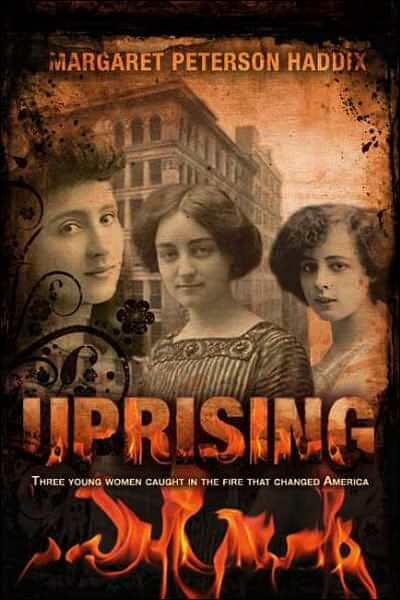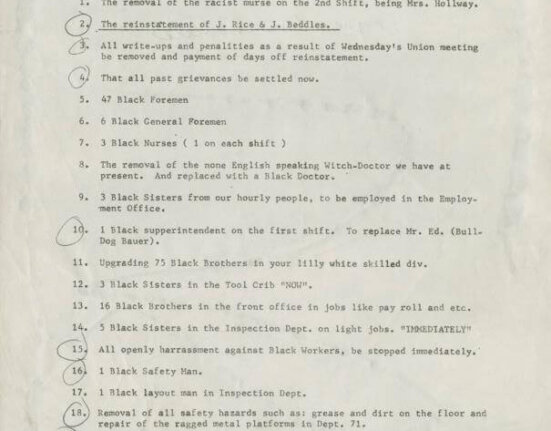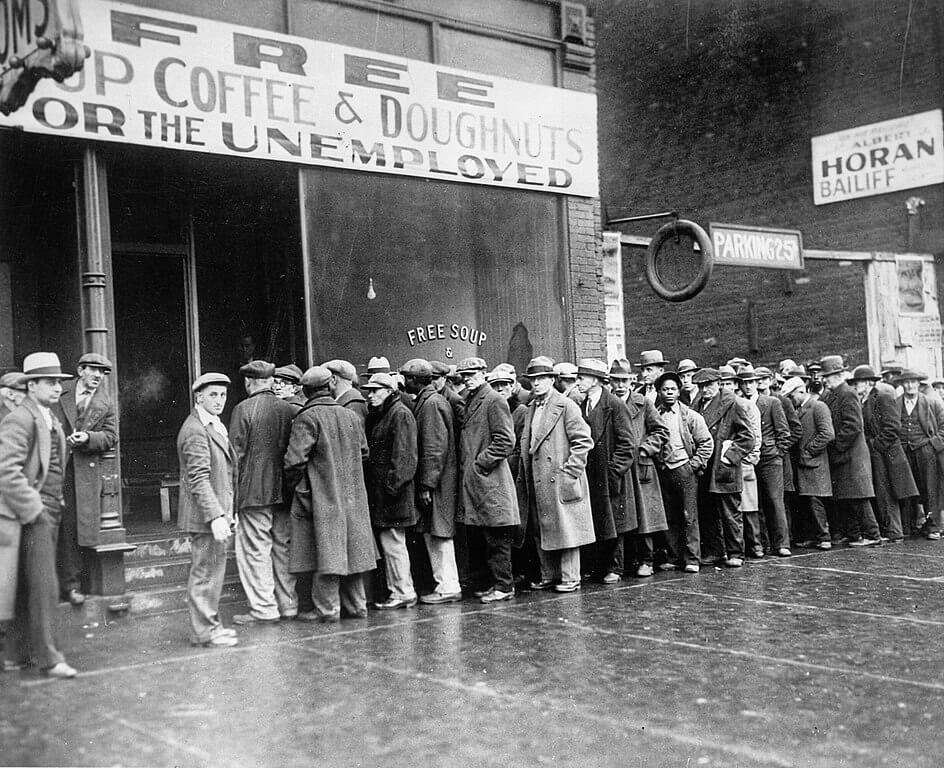Margaret Peterson Haddix’s historical novel Uprising provides a valuable resource for those of us interested in engaging our students in their real-life drama that animates labor history. Steeped in historical research, Haddix tells the story of the Uprising of 20,000 and the Triangle Shirtwaist Fire through the perspective of three young women. Bella, an immigrant from Calia, Italy; Yetta, a Jewish immigrant from Russia, and Jane a wealthy, daughter of the Gilded Age.

Early on, a character comments that the story that is about to be told is one of “blame and lament.” There is much of both to go around. As Haddix takes on one of the three girl’s perspectives in each chapter, readers understand the various external forces conspiring to undermine these girls’ hopes and dreams as well as the personal journeys each took to free themselves from expectations that they would live their lives as someone else’s dependents. Uprising shows readers the importance of self-reliance and that even the most vulnerable in society do not have to be its victims (even when they sometimes are).
Uprising pairs perfectly with the PBS documentary on Triangle where students will meet labor historians who specialize on the period and the tragedy. The images and narrative presented in the documentary provide an excellent context for the novel and help deepen the relationships students’ develop with the characters in Haddix’s story.
Uprising is a compelling and quick read that appeals to students of all ages and is officially listed as a juvenile reader book. Given recent events in Bangladesh, it is also a timely story with lessons that will certainly resonate throughout the semester.





2 Comments
Comments are closed.